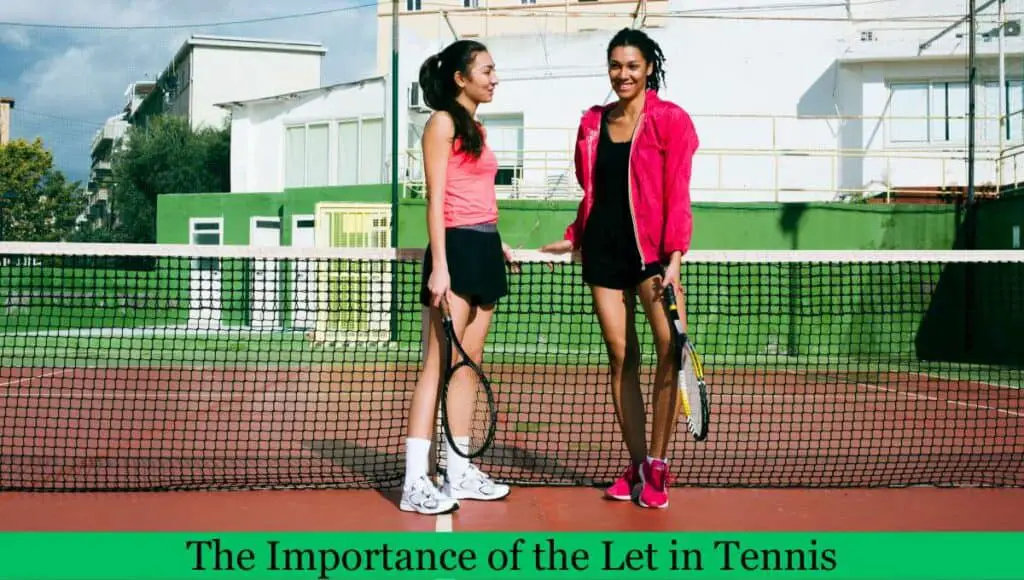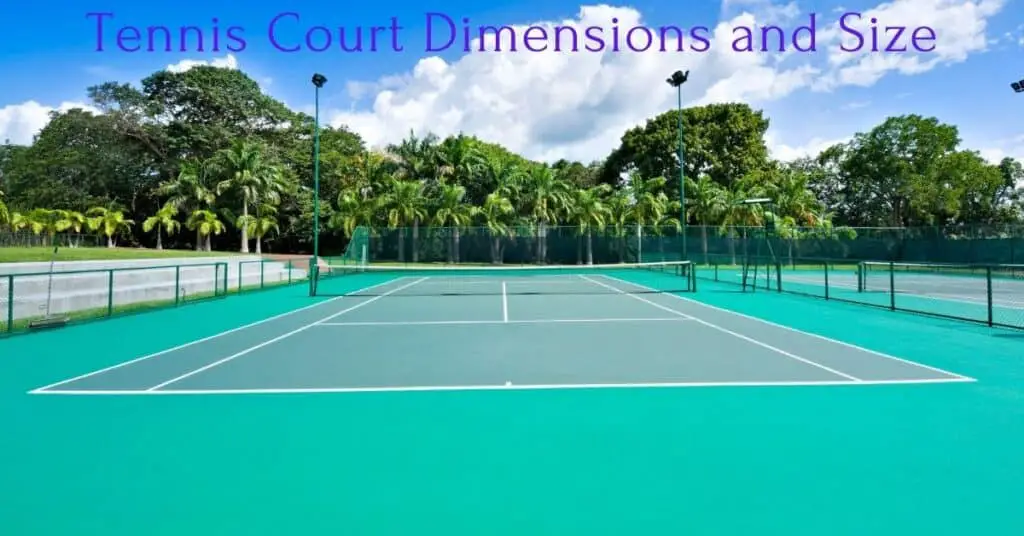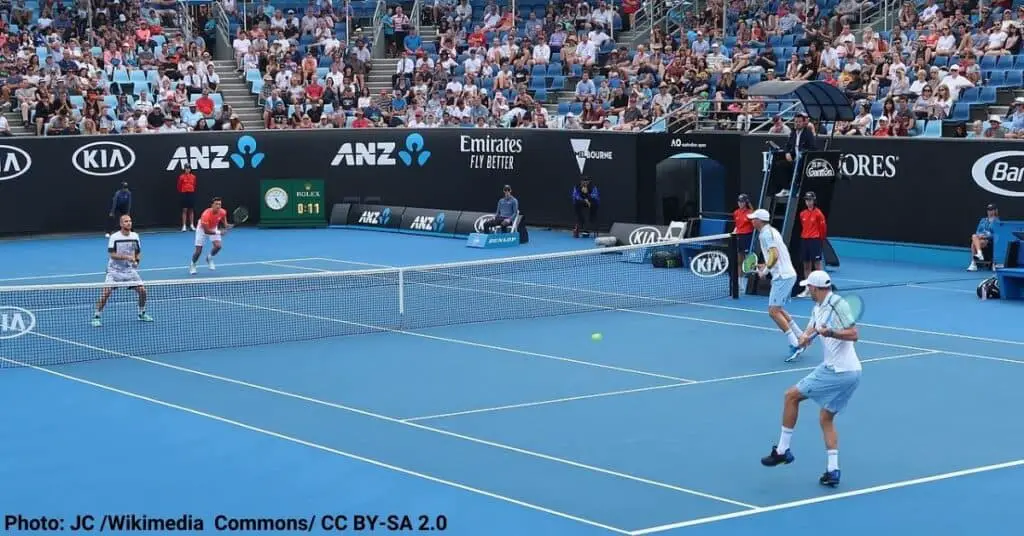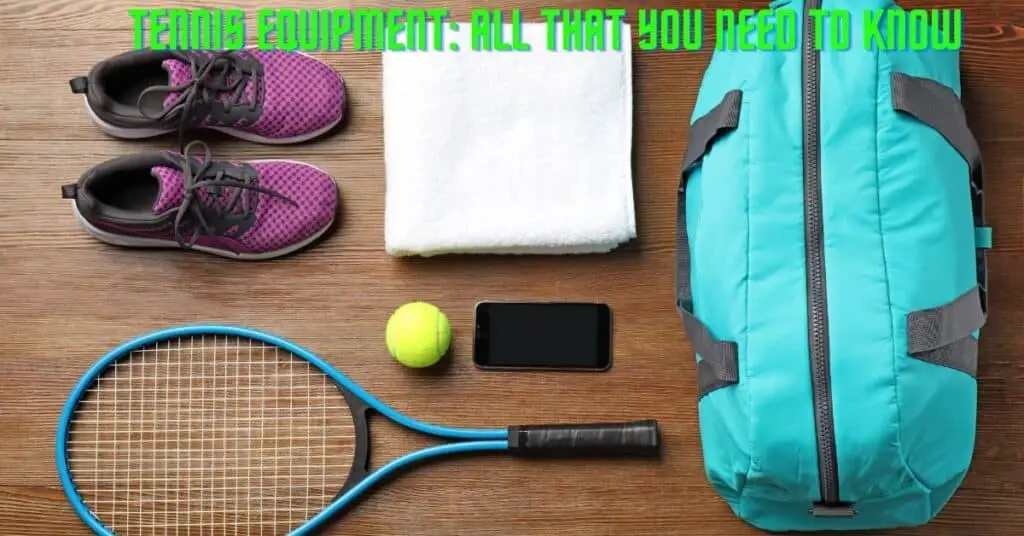Tennis, the thrilling game filled with fast-paced action, is governed by a multitude of rules. Among these rules, one that often sparks confusion and debate is known as the “let” rule. Let in tennis refers to a specific scenario when the point is replayed. Though most of the cases happen during serves, there are occasions when let is called during rallies. “Let” is a distinct term around which certain rules are laid down by ITF (International Tennis Federation), the governing body of tennis.
“Let” is a common occurrence in a tennis match. So it’s essential to have a clear idea of this specific rule. This blog article covers detailed explanations including what constitutes a let in tennis, why it matters, and how it impacts the gameplay.
What is “Let” in Tennis?
“Let”, is the term used in the game of tennis to interrupt play. It can be called either by an umpire or by a player. It may happen during ‘serve’ or ‘rally’. In this situation, the point is not counted and the same service is retaken except for the second serve. The fault committed in the first serve remains unaltered and the server only has the chance for the second serve.
Occurrences of “Let” in Service
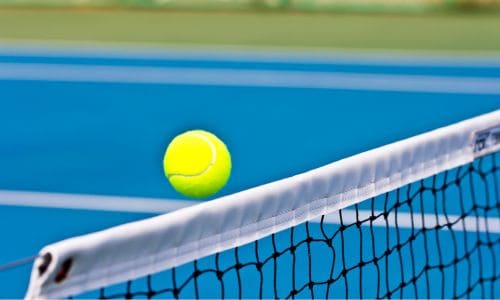
The service is a let if:
The ball served touches the net, strap, or band, and is otherwise good, or, after touching the net, strap, or band, touches the receiver or the receiver’s partner or anything they wear or carry before hitting the ground.
The ball is served when the receiver is not ready.
Rule no. 22
In the exhilarating sport of tennis, every serve holds the potential for an exciting rally. However, occasionally, the ball may graze the net, strap, or band during its trajectory.
After touching the net, if the ball lands on the service court, it is a “Let”. The service is not considered and the server has to serve again for that particular point.
When it happens during the second service, the server has the chance to serve the second service only. He is not allowed to take advantage of both first and second serves.
Note: While serving, if the ball clips the net but doesn’t bounce in the right area, it is a fault. But if the ball touches the net and comes in contact with the receiver before bouncing on the ground, the serve is played again.
Umpires and technology play a vital role in ensuring fair play and accuracy when determining a “let” in tennis. With the help of advanced technology, such as the Hawk-Eye and electronic line calling, the accuracy and fairness of these decisions have greatly improved. Umpires can make more informed decisions and minimize human error. This enhances the game’s overall integrity and increases trust among players, spectators, and officials.
Other Occurrences Of Let In Tennis
The play may be halted due to external disturbances. In recreational tennis, matches are organized on tennis courts, not separated by barriers. Balls played on adjacent courts may roll into the court and disrupt the playing environment. This is a very common scenario in amateur tennis.
During a professional match, the movement of spectators may cause hindrances to the player’s sight, in which case, the umpire interrupts the play by calling “Let”.
There may be many other unusual happenings like birds flying into the court which cause temporary stoppage of play.
No-Let Rule
The “No-Let Rule” is an experiment conducted by ITF in 2018 to maintain the pace and rhythm of tennis. Under this rule, if a ball touches the net but bounces within the service box, it is considered correct.
However, due to unpredictability in service, the No-Let rule was withdrawn in the year 2019 from the professional circuit.
How Many Lets Are Allowed in Tennis?
In ITF’s rules, there is no guideline on this matter. So it is very clear that there is no limit on the number of let serves. If the service is taken correctly following all the rules and regulations, you can deliver unlimited numbers of let services.
Do You Get Two Serves After a Let?
In all cases when a let is called, except when a service let is called on a second service, the whole point shall be replayed.
Rule no. 23
The rule says in all occasions except a service let in the second serve, the point is replayed and you have the opportunity to serve twice as per service rules.
The term “service let” is meaningful. If “let” occurs due to any disturbance during a rally, the whole point is played again irrespective it happens in the first or second service.
‘Let’ vs ‘Fault’ – In Service
Let: As discussed, it’s a serve that lands in the correct service box after touching the net. The service is retaken for the same point.
Fault: This occurs when the server either misses the service box entirely or hits the net and doesn’t land in the designated service box.
The Importance of ‘Let’ in Professional Tennis
In professional tennis, where games are often decided by minimal margins, the effective use of the ‘let’ rule can make the difference between victory and defeat.
Imagine a Grand Slam final, where scores are tied, and it’s a match point. The server would be under huge pressure. He serves and the ball slightly brushes the net but lands in. Without the ‘let’ rule, this could lead to unnecessary controversies. This specific rule ensures the game remains fair and has an equal chance to showcase players’ skills.
Frequently Asked Questions
1. Can ‘let’ occur in a rally?
Traditionally, this tennis rule is associated with serves. However, if there’s an external disturbance during a rally like a ball from another court rolling onto your court during a point, the umpire might call a ‘let’ and replay the point.
2. Is ‘let’ also used in other racket sports?
Yes, sports like badminton, and table tennis also use the term ‘let’, albeit with slight variations in rules and regulations.
3. If a ball breaks during a rally, should a let be called?
Yes, the whole point is played again.
4. What happens if a ball hits the post but lands inside the service box?
It is a fault. It is not allowed to hit any permanent fixture other than the net, strap, or band.
Reference: ITF RULES OF TENNIS

